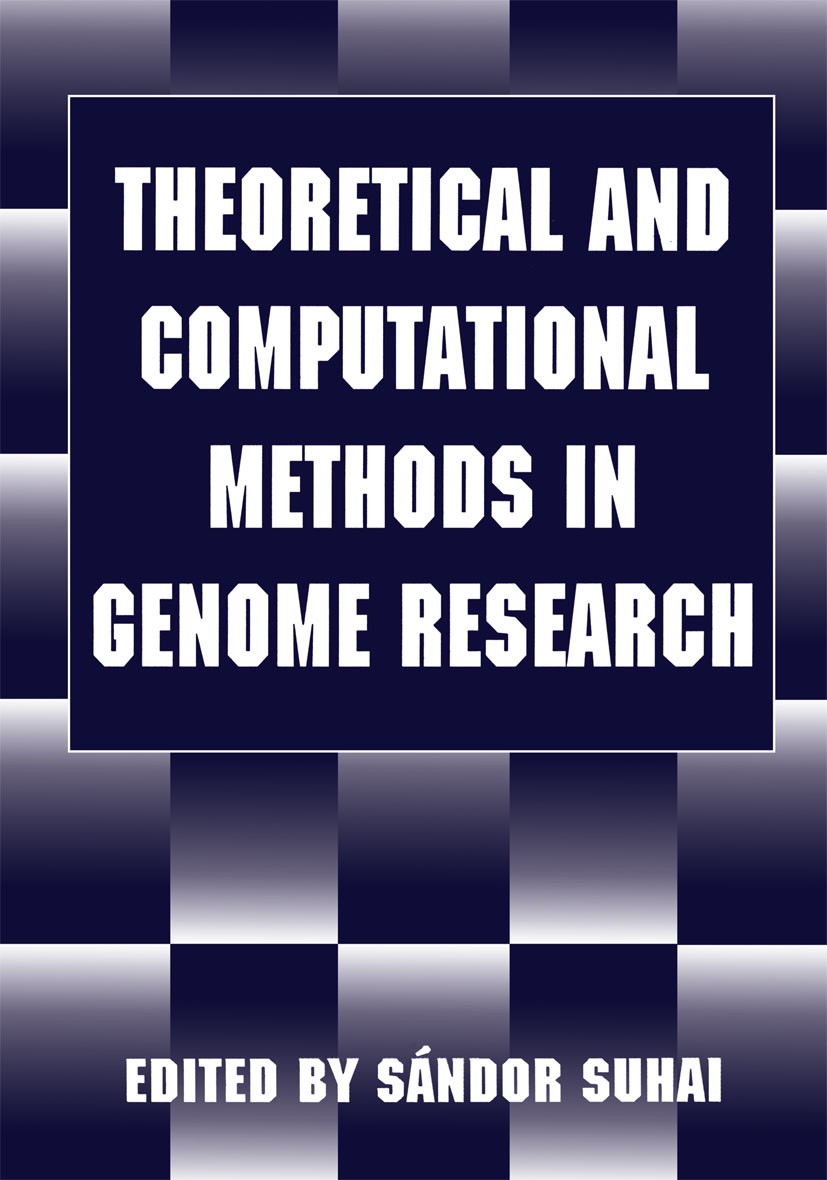| 书目名称 | Theoretical and Computational Methods in Genome Research | | 编辑 | Sándor Suhai | | 视频video | http://file.papertrans.cn/923/922977/922977.mp4 | | 图书封面 |  | | 描述 | The application ofcomputational methods to solve scientific and practical problems in genome research created a new interdisciplinary area that transcends boundaries tradi tionally separating genetics, biology, mathematics, physics, and computer science. Com puters have, of course, been intensively used in the field of life sciences for many years, even before genome research started, to store and analyze DNA or protein sequences; to explore and model the three-dimensional structure, the dynamics, and the function of biopolymers; to compute genetic linkage or evolutionary processes; and more. The rapid development of new molecular and genetic technologies, combined with ambitious goals to explore the structure and function ofgenomes ofhigher organisms, has generated, how ever, not only a huge and exponentially increasing body of data but also a new class of scientific questions. The nature and complexity of these questions will also require, be yond establishing a new kind ofalliance between experimental and theoretical disciplines, the development of new generations both in computer software and hardware technolo gies. New theoretical procedures, combined with powerful comput | | 出版日期 | Book 1997 | | 关键词 | DNA; computational models; development; genes; molecular biology; protein sequence; transcription | | 版次 | 1 | | doi | https://doi.org/10.1007/978-1-4615-5903-0 | | isbn_softcover | 978-1-4613-7708-5 | | isbn_ebook | 978-1-4615-5903-0 | | copyright | Springer Science+Business Media New York 1997 |
The information of publication is updating

|
|
 |Archiver|手机版|小黑屋|
派博传思国际
( 京公网安备110108008328)
GMT+8, 2025-11-13 03:04
|Archiver|手机版|小黑屋|
派博传思国际
( 京公网安备110108008328)
GMT+8, 2025-11-13 03:04


